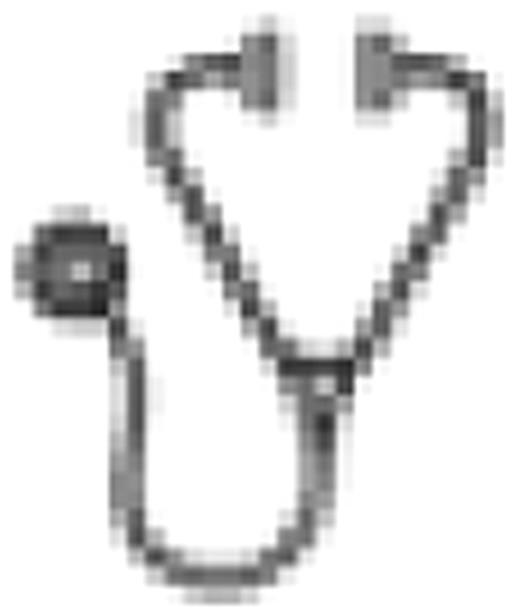Abstract
Abstract 1076
More than 60% of children with acute myeloid leukemia (AML) become long-term survivors and most are cured with chemotherapy only. With this improvement, the late mortality and morbidity after the very intensive treatment deserve attention. Previous studies have reported late effects after childhood AML, but most side effects were probably caused by cranial irradiation or hematopoietic stem cell transplantation (HSCT). Limited data exist about the long-term mortality, morbidity, and social outcomes in AML survivors treated with chemotherapy only. The objectives of this study were to report the occurrence of late mortality and compare the self-reported health care use and health experience, lifestyle behavior, and social outcomes of AML survivors with those of their sibling controls.
Children treated for AML according to the Nordic protocols NOPHO-AML-84, -88, and -93, and alive by 30 June 2007 were identified in the NOPHO-AML database. We excluded patients with myeloid leukemia of Down syndrome, Fanconi anemia, preceding myelodysplastic syndrome, therapy-related AML, patients receiving allogeneic or autologous HSCT, and patients who had experienced a relapse or had a secondary malignancy. A total of 102 (74%) of the 138 eligible AML survivors accepted the invitation for a physical and paraclinical examination and completed a questionnaire concerning health and social status. One sibling per patient was invited to complete a similar questionnaire which was accepted by 85 (91%) of 93 eligible siblings.
The median follow-up was 11 (range 4–25) years after diagnosis. Five-year AML survivors' overall survival rate was 94% at 20 years after diagnosis (95% confidence interval; 84–98%). Four children died more than five years after end of treatment; one from sequelae of initial cerebral bleeding, two from side effects of treatment including one with hearth failure, and one from secondary malignancy. AML survivors had no increased rate of hospitalization compared with sibling controls but more received prescription drugs, especially for asthma (23% vs. 9%, p=0.03). Self-reported health experience was excellent or very good in 77% and comparable with that of siblings (Table). The rate of current smokers was similar in the two groups (23% vs. 24%). Sixty-seven percent of the AML survivors >20 years of age and 73% of their siblings reported to be undertaking or having completed an education, defined as vocational training or academic education lasting at least three years (p=0.8). Among those >20 years of age, the frequency of marriage or cohabitation did not differ between AML survivors and siblings (39% vs. 37%).
Children treated on NOPHO-AML protocols without HSCT and surviving at least five years after diagnosis had a very low mortality rate. Their self-reported health was good, and health care use was limited and comparable to that of sibling controls, but they were more often receiving prescription drugs for minor illnesses. Most AML survivors seemed to have coped well with their transition into adulthood, and they reported educational achievement, employment and marital status comparable to those of their sibling controls.
Self-reported health in AML survivors (age >10 years) and their siblings.
| Health status . | AML survivors . | Siblings . | ||
|---|---|---|---|---|
| n=86 . | % . | n=71 . | % . | |
| Excellent/very good | 66 | 77 | 55 | 77 |
| Good | 12 | 14 | 12 | 17 |
| Fair/poor | 8 | 9 | 4 | 6 |
| Health status . | AML survivors . | Siblings . | ||
|---|---|---|---|---|
| n=86 . | % . | n=71 . | % . | |
| Excellent/very good | 66 | 77 | 55 | 77 |
| Good | 12 | 14 | 12 | 17 |
| Fair/poor | 8 | 9 | 4 | 6 |
No relevant conflicts of interest to declare.

This icon denotes an abstract that is clinically relevant.
Author notes
Asterisk with author names denotes non-ASH members.

This feature is available to Subscribers Only
Sign In or Create an Account Close Modal